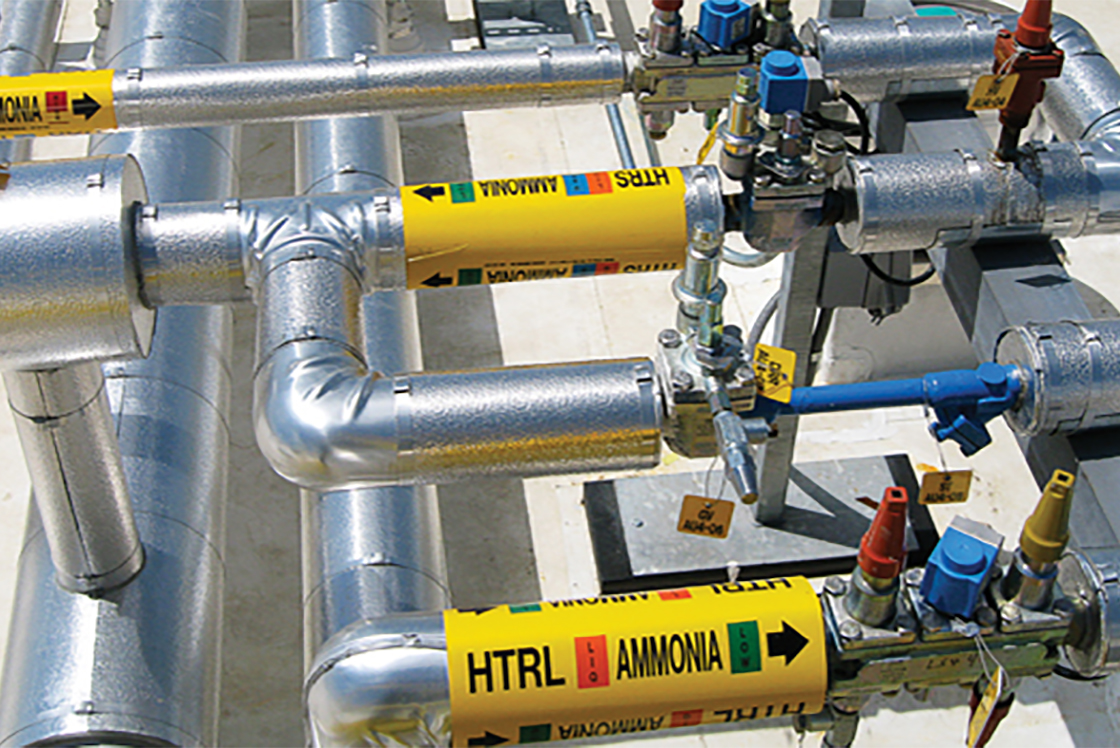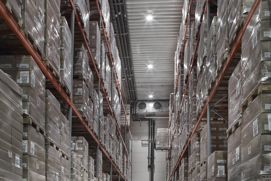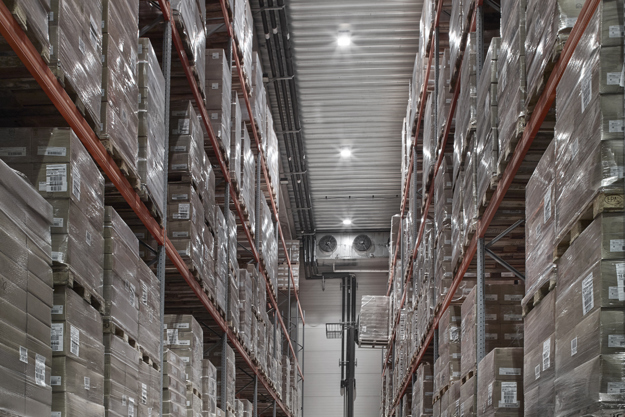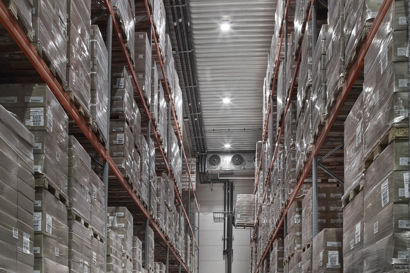Ammonia (NH3) is a well-known refrigerant, particularly applicable in large, industrial plants where its advantages can be fully utilized without compromising safety.
Ammonia is renowned for its favorable thermodynamic properties. In a wide range of applications, it outperforms synthetic refrigerants. However, it has a number of drawbacks that have so far prevented the use of ammonia for commercial applications, e.g. material compatibility, toxicity, and flammability.

Ammonia in industrial refrigeration
Learn all about the use of ammonia in industrial refrigeration applications in our dedicated Industrial Refrigeration site.
Case studies
-
if (isSmallPicture) {


 Ammonia conversion for cold storage facility is simple with ICV Flexline™
Ammonia conversion for cold storage facility is simple with ICV Flexline™Consumer retail stores are looking for tried-and-true ideas to thrive in turbulent economic times That’s why a major 190-store retail chain based in the Midwest switched to a proven refrigeration solution for one of its distribution centers - an environmentally friendly ammonia system that uses Danfoss ICV Flexline valve stations



